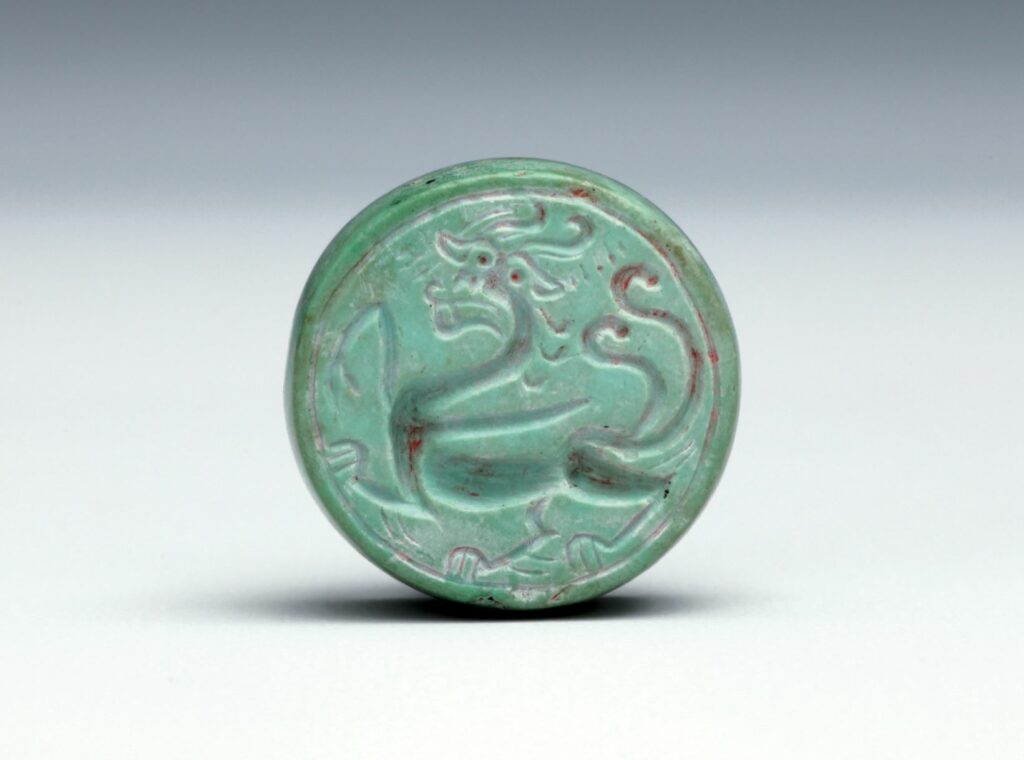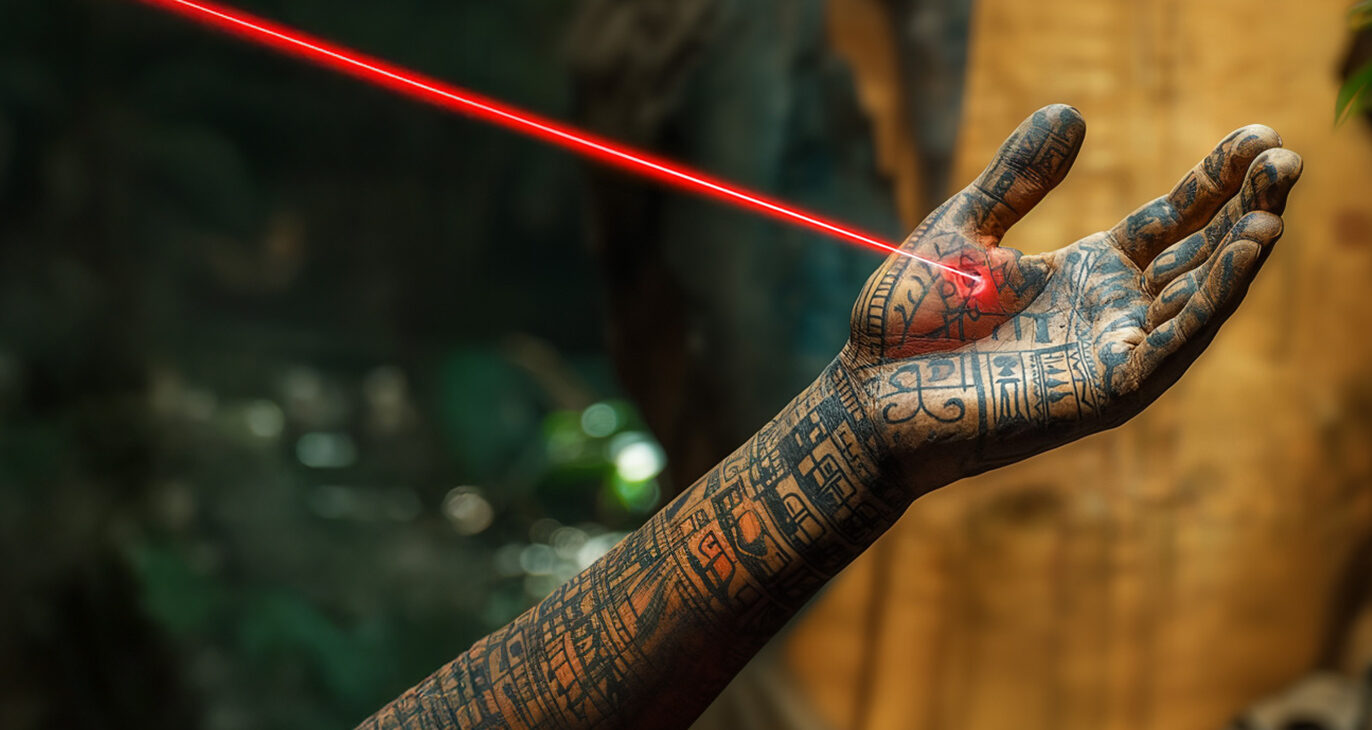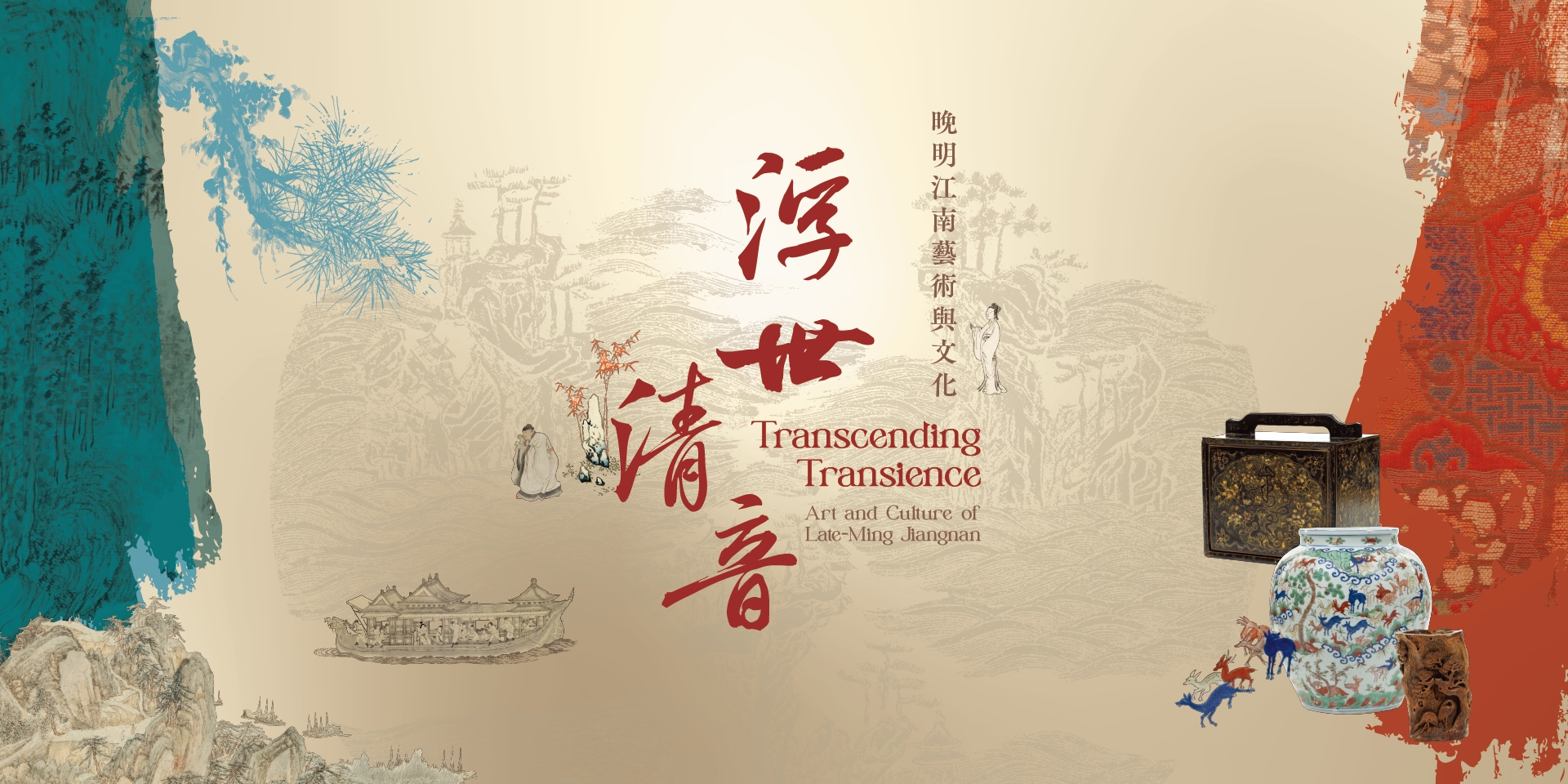There is nothing more emblematic of China than the dragon (or long as it is known in Chinese). Both within the nation and around the world, it is the most instantly recognisable symbol of China, and plays a profound role in the country’s folklore, mythology and culture. With such a ubiquitous presence, the dragon can naturally have a whole panoply of associations – and it turns out that its role and the way it is regarded have shifted over the centuries rather more than you might think.
The creature’s many associations are the subject of Celebrating the Year of the Dragon, an exhibition at the Art Museum of The Chinese University of Hong Kong (CUHK) showing over 50 objects from the Museum’s diverse collection, which demonstrate the way dragon motifs move from wild to domesticated in a chronological and systematic manner.
A gigantic serpent beast and an auspicious rain-maker
The image of the dragon in China couldn’t be more different from that of its bulkier western cousin. Whereas in the west, dragons are monsters to be slain, in China, they come with a whole host of positive associations: power, good fortune and rain-making, and are even an imperial icon.
The first references to the dragon appear to be as old as Chinese culture itself, dating back to somewhere between 8,000 to 4,000 years ago. The iconography of the Chinese dragon evolved in approximately three stages. From around the Neolithic Age to Western Zhou dynasty (c1046-771BCE), the earliest form of dragon seen in archaeological finds and ancient Chinese pictographs had a somewhat serpent-like body with a bottle-horned animal head. They appear to have had their origins in aquatic creatures like alligators and crocodiles, reflecting the fact that early Chinese civilisations closely associated dragons with water, and their appearance was linked to the arrival of rain.
“There are records of dragon rain-making divination in oracle bones; the dragon appears as one of the Four Guardians representing directions on a rubbing of an Eastern Han dynasty (25–220) stone coffin; another example is a Song dynasty (960-1279) stone brick, where dragon appears as a guardian deity alongside a tiger in a burial chamber,” says the exhibition’s curator Dr Sam Tong, Associate Research Fellow of the CUHK Art Museum. “These examples illustrate that the dragon in China has a long-standing, highly positive image. Even though its image may have been influenced by the outside world, its positive connotations remain essentially unchanged.”
A composite mythological creature with nomadic influences
The second stage was from the Eastern Zhou (771-256BCE) to the Liao dynasty (916-1125), during which, with increased contact between central China and nomadic peoples, and the opening and growing prosperity of the silk routes, the Chinese dragon took influences from other cultures – largely from nomadic art. “It emphasised realism, exaggerated dynamics, fierce battles and combinations of predators like eagles and tigers. It was closer to a wild beast and differs from the modern dragon we are familiar with today,” says Dr Tong. In fact, the integration of the eagle’s wings has interesting parallels to the figure of the griffin in Greek mythology, which many scholars regard as a typical example of cultural exchange within Eurasia. Pointing at his favourite exhibit – a turquoise seal from Western Han dynasty that serves as a design reference for the museum’s emblem – Dr Tong admires its delicacy, even with its tiny proportions. The “dragon’s body” on the seal resembles a galloping horse with wings on its shoulders; indeed, Dr Tong has pointed out that in some ancient texts, the differentiation between dragons and horses was quite blurred.

“This is a Chinese seal that incorporates western elements. This seal showed that horses were important resources in ancient societies. Rulers of the old times attached great importance to seeking horses and breeding technologies from the west. This half-dragon, half-horse mythical creature brings to my mind the fascinating story of Emperor Wu of Han and his search for the sweat-blood horse,” a reference to a particularly powerful breed of horses from Central Asia’s Fergana Valley that were able to gallop so fast that their sweat was said to mingle with their blood.
A symbol of imperial authority – as well as its decline
Then, in the third stage, commencing in the Song dynasty, the dragon evolved further, from wild to more domesticated, as Chinese society became more urban. “The dragon became more human-like, comical and closer to a pet. Examples include a Kangxi (1661-1722) five-clawed dragon in the exhibition. With wider and thicker forehead, and a change from a pointed to a rounded nose, it almost looks like a human face,” explains Dr Tong.
From the Yuan dynasty (1279-1368) and possibly earlier, dragon imagery was theoretically reserved for the emperor and banned for everyone else. As ever, though, people found workarounds, subtly changing the dragon’s appearance to give them plausible deniability. “From what we know, the implementation was quite flexible,” he says. “For example, according to the regulations, only dragons with five claws were considered true ‘dragon’ (龍), while those with four claws were classified as ‘mang’ (蟒). But the imagery of ‘mang’ was almost identical to that of dragons.”

By the Qing dynasty (1644-1911), the pretence was largely dropped as a result of waning imperial authority, and more dragon items circulated among ordinary people.
“The prohibition on the use of five-clawed dragon motifs was difficult to enforce during the Qianlong reign (1735-1796). Even the emperor himself noticed that there were plenty of five-clawed dragons in the market. Later, in Tongzhi’s reign (1861-1875), as shown in one of the exhibits, a director of imperial kilns used his personal studio name to produce a five-clawed dragon dish,” says Dr Tong. “In a larger social context, this may reflect the declining authority of Qing’s court after the Taiping Rebellion.”
After that, it was pretty much a free-for-all – and the dragon again became a universal presence in Chinese culture. As a quick look around pretty much any part of the country this Lunar New Year will show you, his popularity has never waned.
The CUHK Art Museum exhibition “Celebrating the Year of the Dragon” runs until 31 July 2024, and is open to the public free of charge.










